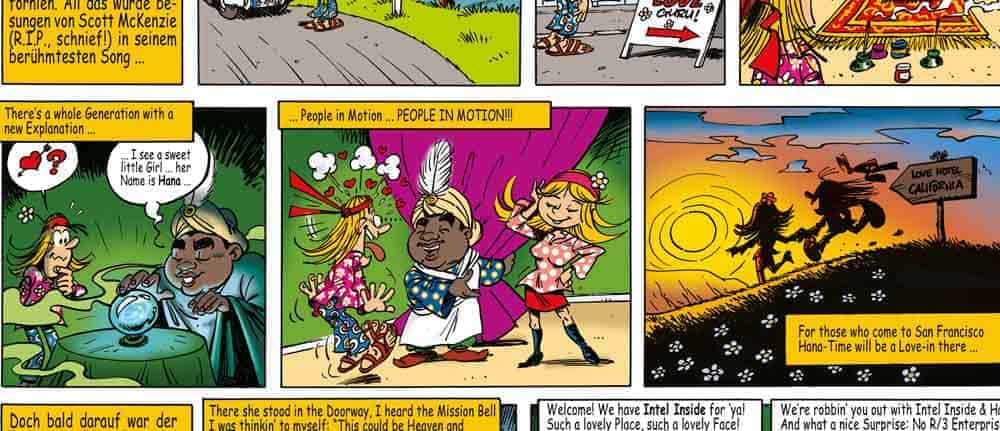Innovation & Reality


It is said that at the turn of the millennium, SAP slept through the "Internet". The world's leading ERP program, R/3, was a black box at the time. NetWeaver and the like had not yet been born, and SAP programmers thought little of external and third-party contacts.
It almost seemed as if the innovative spirit of the five SAP founders had faded. This incorrect assessment was made only by those observers who did not know Hasso Plattner well enough.
There may have been a pause in SAP's innovation cycle, but Plattner always looked beyond ERP many years into the future. Professor August-Wilhelm Scheer has said that he knows of no one who is as visionary as Plattner.
And for a few years now, the whole of SAP has been full of beans again. The new Sturm und Drang began with Executive Board member Shai Agassi, whom Plattner brought from Israel and California (USA), respectively. He was followed by Vishal Sikka, who is of Indian descent and also came from California, where he earned his doctorate in mathematics at Stanford University.
Sikka was followed by the German Bernd Leukert, under whose leadership the Leonardo framework was created - SAP's answer to digital transformation. And now there is another "Plattner stepson:
Jürgen Müller studied at the Hasso Plattner Institute at the University of Potsdam and takes over Bernd Leukert's duties on the SAP Executive Board. The position of Chief Technology Officer at SAP has thus been characterized by innovative personnel turnover since the days of Shai Agassi. One spectacular idea followed the next.
For existing customers, it means not only joy but also headaches. Naturally, every ERP user is happy about improvements, accelerations and simplifications. But this joy is offset by the CIO's operational duty of care.
An innovative and well-intentioned ERP change can mean days of testing and the necessary training of thousands of employees. In the SAP community, innovation and reality collide harshly. The schizophrenia of an innovative mind with responsibility for an operational business is hard to tame.
SAP wants a lot - for the benefit of its existing customers. But sometimes SAP wants too much and overburdens the community. It's hard to keep the right balance when it comes to innovation. Existing customers are half pulled, half pushed through SAP's roadmaps.
Those who want everything, and want it all at the same time, could end up with nothing. SAP's schizophrenia must come to an end. We can only hope that innovation and reality will be better reconciled in the new year.







